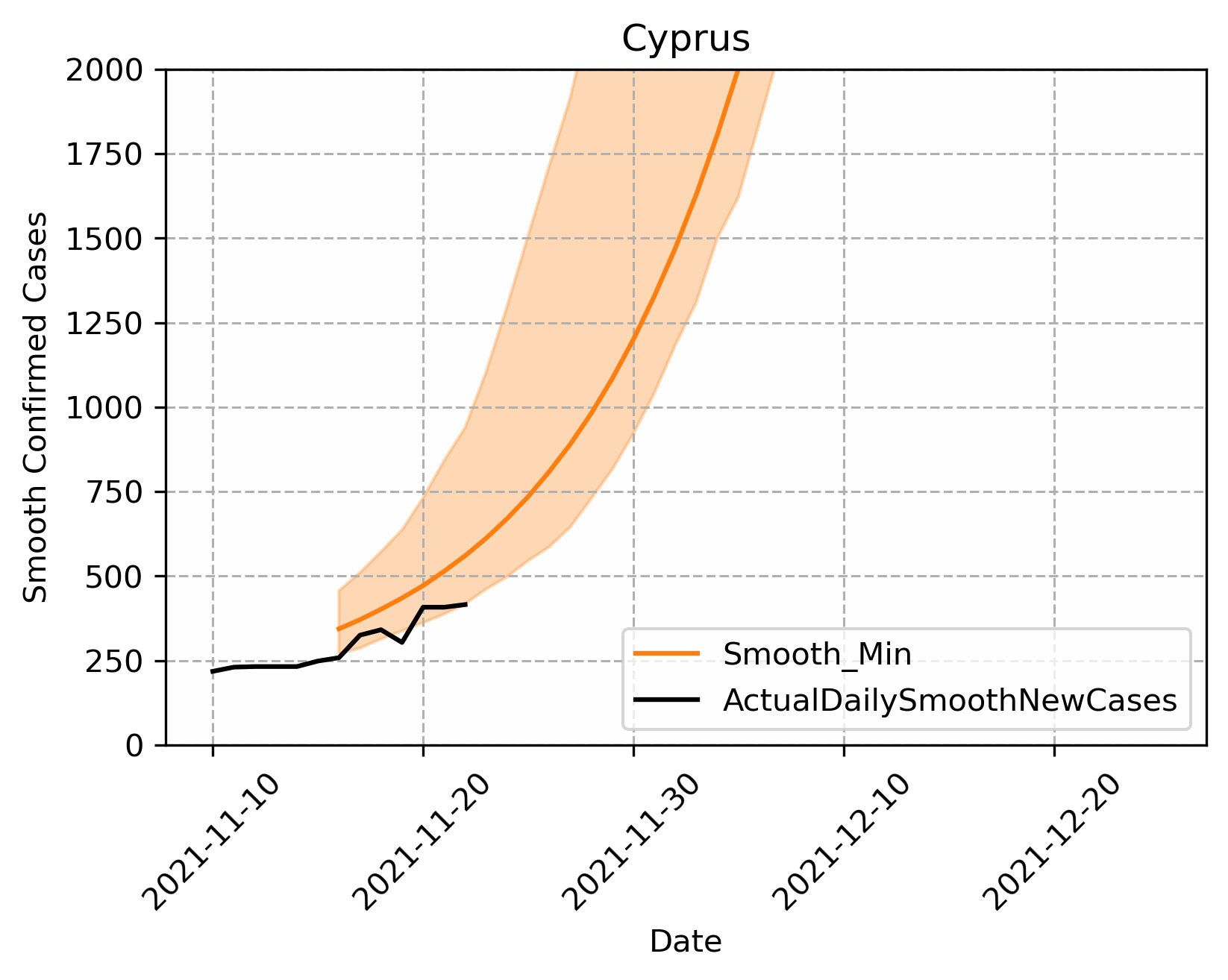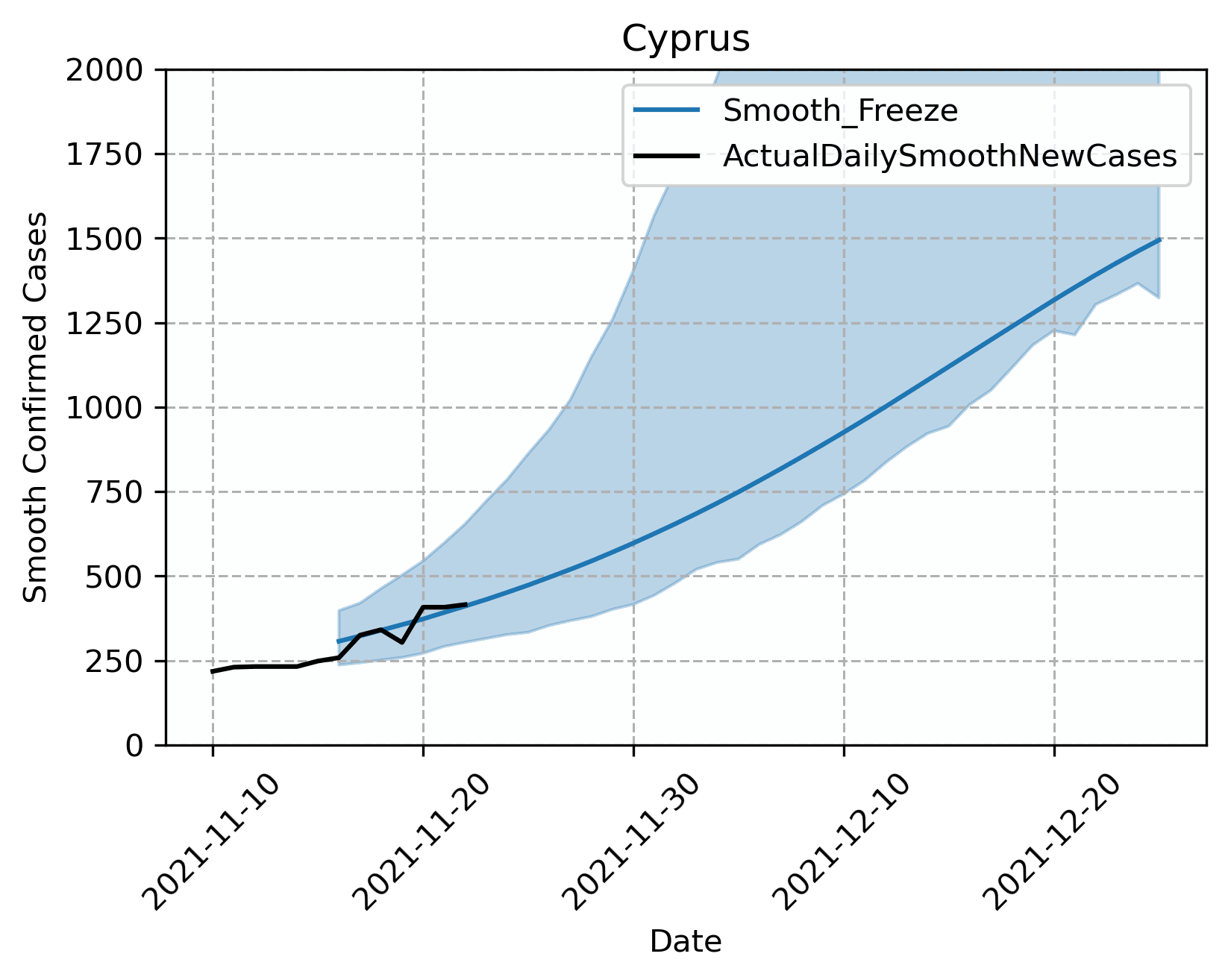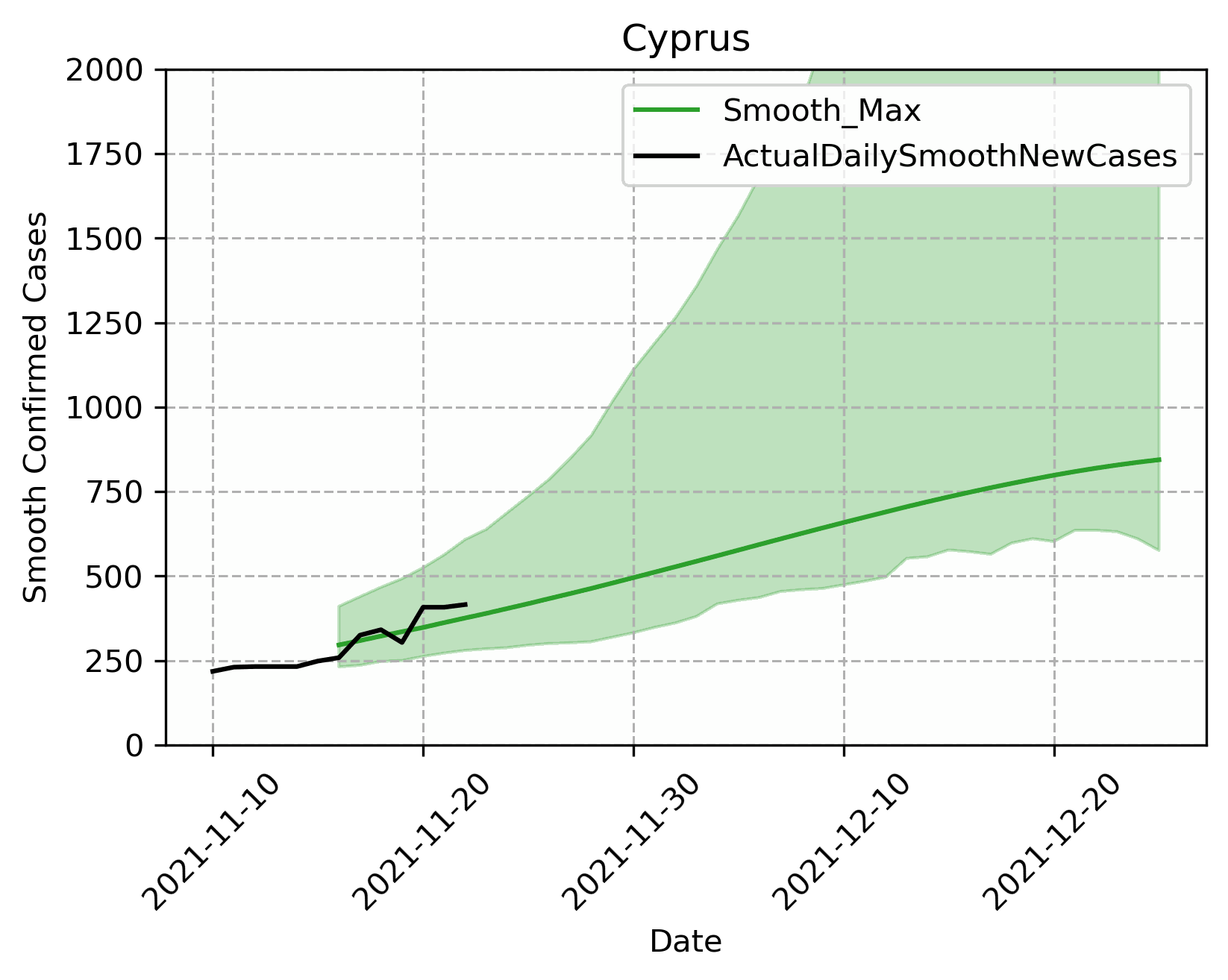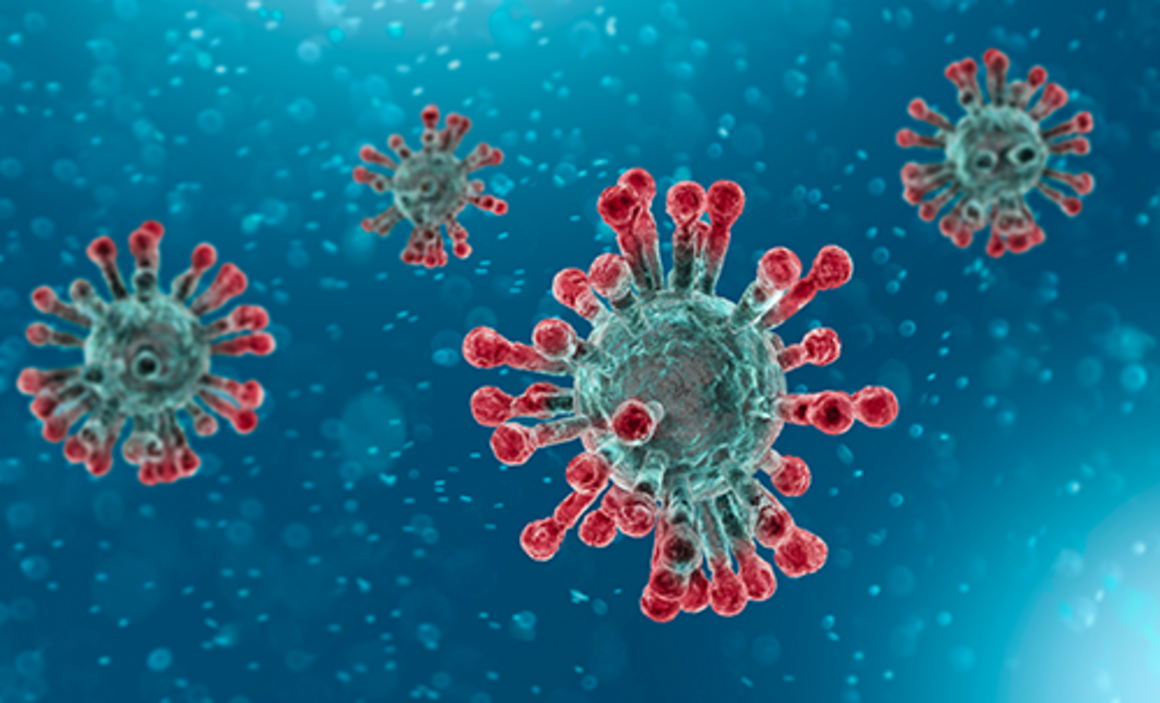
Artificial intelligence in the service of decision-makers for dealing with the COVID-19 pandemic
Nov. 9, 2021
Indicative scenarios for measures and forecasts for the course of the COVID-19 pandemic in Cyprus until Christmas
Complementary to the medical field, various technological tools have been deployed in the fight against the COVID-19 pandemic. Among these tools, there are some that use methods and techniques from the wider area of artificial intelligence and aim to help process many and heterogeneous data sources with the aim of assessing the course of the pandemic in combination with the evaluation of specific action scenarios.
At PHOEBE Research and Innovation we have been active for the last 5 years in the design of intelligent systems for critical infrastructures. In this context, in collaboration with the KIOS Center of Excellence of the University of Cyprus, we have developed PandoraSEAL, an online decision support tool, based on artificial intelligence technologies. PandoraSEAL incorporates a ground-breaking system for analyzing the impact of different pandemic response scenarios, which "learns" the dynamics of the pandemic using historical data from different countries. PandoraSEAL's estimates aim to help experts with the analysis of pandemic evolution scenarios under different conditions
The tool uses data from recorded daily SARS-COV-2 infection cases, deaths and recoveries. At the same time, it uses data from vaccination programs and a categorization of measures taken in all countries to date. The measures to deal with the pandemic that have been proposed and implemented worldwide include actions such as closing schools and workplaces, canceling public events, restrictions on gatherings, suspension of public transport, confinement at home, restrictions on domestic and international travel and coverage of face with protective masks.
What are PandoraSEAL's estimates on the course of pandemic by Christmas, and under what conditions?
Based on the deterioration observed in the last month, our team made a prediction of the possible evolution of the pandemic by checking different scenarios of measures. The forecast covers the period from November 10, 2021 to December 25, 2021, while the mathematical model (combination of neural networks) has been trained using data from all European countries except Cyprus from the day the pandemic began in each country until November 1, 2021. In addition, the implemented algorithm assumes that vaccinations follow a constant rate, i.e. daily vaccinations are calculated according to the average daily vaccinations of the last 14 days before the first day of the forecast.
Three different indicative scenarios for measures to manage the pandemic are tested:
Scenario 1: "No measures" (Smooth_Min), according to which the case of stopping all measures is checked.
Scenario 2: "Existing measures" (Smooth_Freeze), which checks the case of keeping the most recent measures unchanged.
Scenario 3: "Maximum stringency of measures" (Smooth_Max), according to which the case of applying the most strict measures in terms of type and intensity is checked.
In Figure 1, where no measures are in place, we see that the 7-day moving average of daily infections may jump as high as 2,000 in early December.
In Figure 2, we see that with existing measures in place and citizens complying with them, we expect the 7-day moving average of daily infection cases to approach 1,500 by Christmas.
In Figure 3, the result of taking all available measures to the maximum extent is shown. It appears that the 7-day moving average of daily infection cases is expected to approach 800 by the end of the forecast period.
It is noted that the numbers are the average (expected) values and the results are indicative of the effect that the various scenarios may have. It is also noted that other parameters that may influence the evolution of the pandemic, such as mutations, changes in the vaccination program, etc., have not been taken into account.
What are the next steps?
Our research and technical team will continue to work on improving the tool, using more and perhaps better quality data, designing other algorithms to model the dynamics of the pandemic, developing more options for visualizing the results, and incorporating more knowledge from experts. in epidemics & pandemics. In the near future, tools like PandoraSEAL will be integrated into decision-making processes and will be useful weapons for experts, with the aim of choosing appropriate measures to more effectively deal with similar phenomena.
The PandoraSEAL tool has been developed as part of the CONTROL4COVID Project, which was co-funded by the Research and Innovation Foundation.
More information about the Project can be found at: https://www.phoebeinnovations.com/articles/the-control4covid-project/.
Below you can see a short video that explains the operation and the benefits expected from using the PandoraSEAL tool: https://www.youtube.com/watch?v=bSbTBhdZNos&t=28s&ab_channel=PhoebeResearchandInnovation





